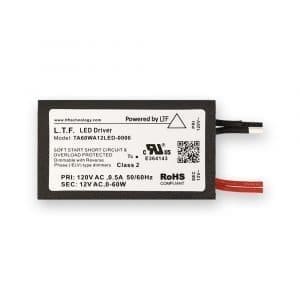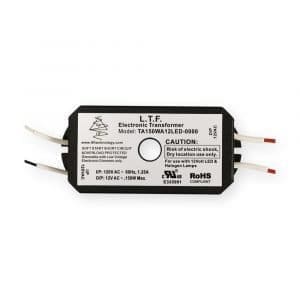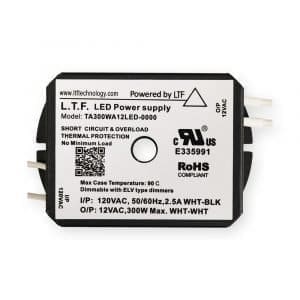
Low voltage lighting applied correctly can transform any location into a great location.
Standard power supplied from the grid in North America is 120V AC. This voltage (also known as line voltage) is suited for many things we use in our day-to-day activities, however in some cases it’s either too little or too much current for the task at hand. How can this be modified? The answer is to use a transformer.
What is a Transformer Exactly, & How Do They Work?
A transformer is a passive electrical device that transfers energy from one electrical circuit to another one via a magnetic field, without a conductive connection between the two coils. Traditionally these transformers are either used to step-up voltage, or step-down voltage depending on the need.
Above is a great example video of the fundamental operation of a transformer by ‘The Engineering Mindset’
In the case of low voltage lighting, we utilize step down transformers to convert 120V electricity into 12V electricity suitable to safely run through pendants, under-cabinet, recessed, path, or similar forms of low voltage accent fixtures that we appreciate when the sun goes down. The low voltage transformers that operate these lamps can either be magnetic, or electronic.
Magnetic Low Voltage Transformers (MLV)
Magnetic transformers are fundamentally simple in their construction. They consist of two sets of copper wire windings around an iron core. The primary coil which takes the line voltage (120V) and creates a magnetic flow that induces current into the secondary winding. With fewer windings on the secondary circuit, the output voltage is reduced to the desired level. These types of transformers benefit from having a generally long lifespan, they are less noisy, and can operate at higher temperatures than their electronic counterparts. These transformers are favored in outdoor lighting and larger commercial indoor environments such as restaurants and hotels due to their robust nature and larger capacity with using heavier gauge wire and longer electrical runs. The downside to these transformers are that they can be quite heavy, and expensive.
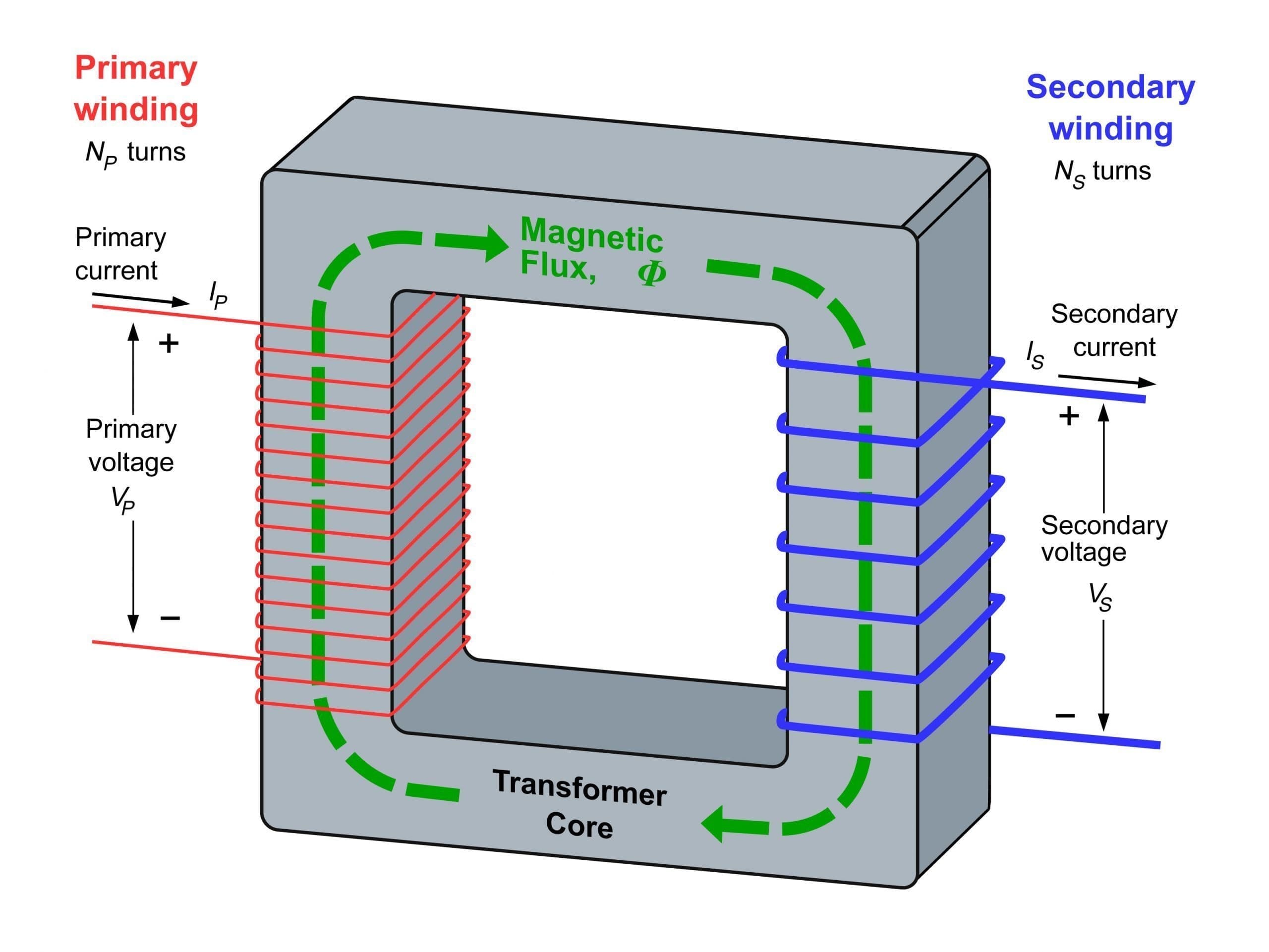
Image Courtesy: BillC at the English-language Wikipedia, CC BY-SA 3.0,
https://commons.wikimedia.org/w/index.php?curid=27407689

Electronic Low Voltage Transformers (ELV)
Electronic transformers have a more complex internal system that uses circuitry paired with an inverter to accomplish the same task as magnetic transformers. The inverter will increase the frequency of the voltage from ~50/60Hz to 20,000Hz or greater. The higher the frequency, the smaller the transformer can be for the required output voltage. By being designed this way, the ELV can become a smaller, lighter, and a less expensive method to step down line voltage. These are great asset for indoor applications where space is a major consideration.
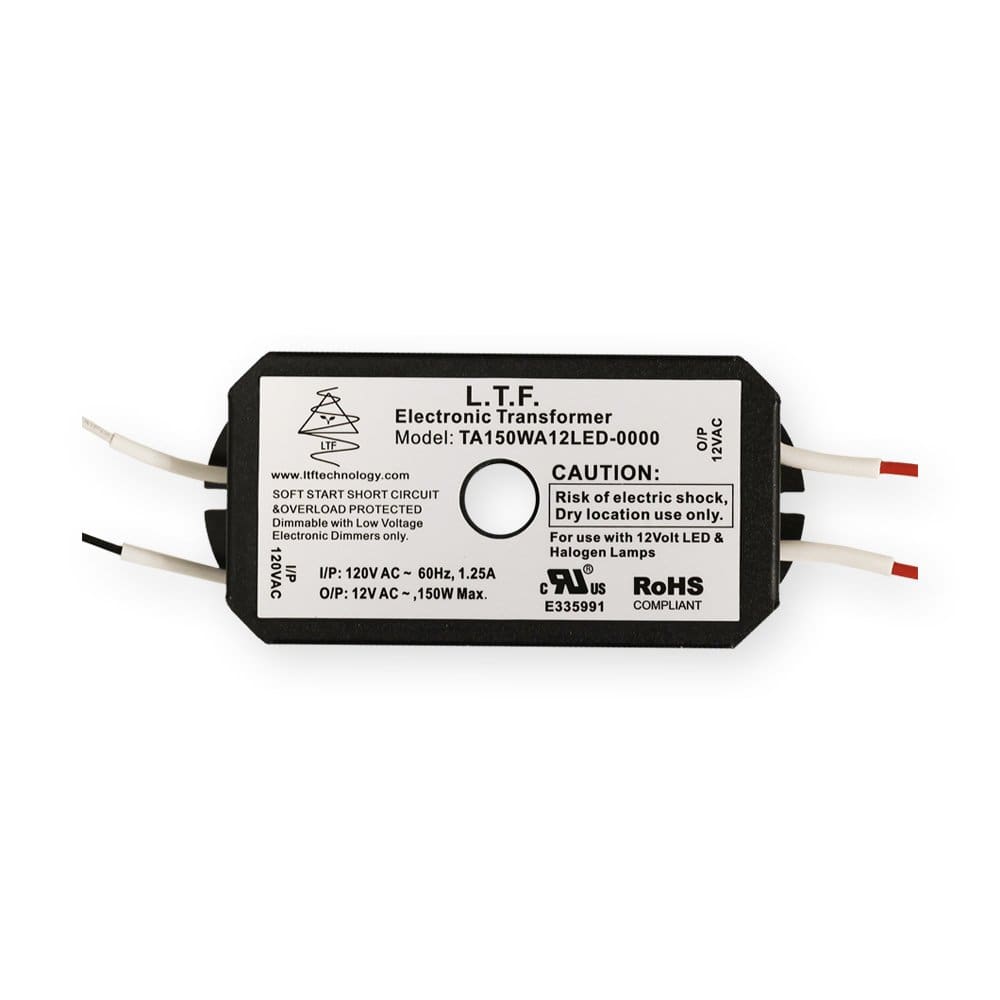
What About Dimming Compatibility?
When it comes to dimming low voltage lighting, a quality ‘no-load’ transformer will allow superior dimming performance compared to a lower quality option that needs a minimal load on the circuit to make the lights come on. To avoid flickering, select a high quality ELV transformer with a ELV dimmer. Conversely if using a MLV transformer, use a MLV dimmer. Read more about why LEDs flicker here.
Summary:
Transformers convert AC power voltage either up or down depending on the application. When selecting a transformer for low voltage lighting, factors such as weather exposure, size, temperature, weight, and budget constraints can all dictate which type of transformer you should select for the job.
Whatever you choose based on your application, if you have any questions, or wonder which EmeryAllen bulb you need, don’t hesitate to reach out to us at [email protected]. We’ll be happy to assist with a selection!

